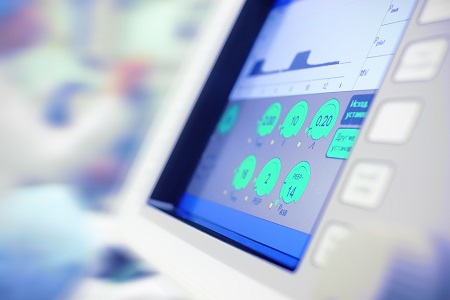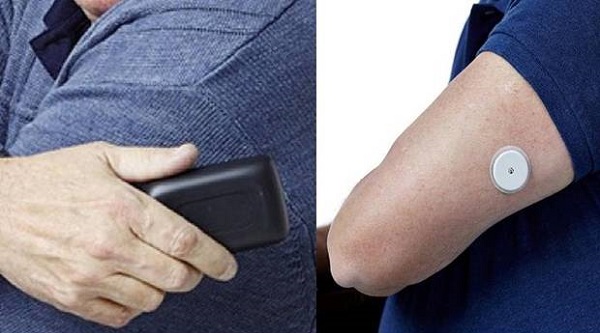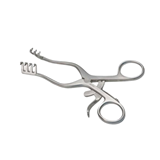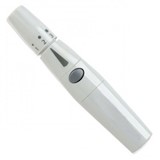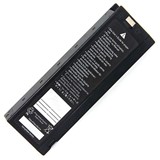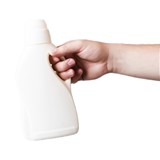However, many medical professionals are often time-poor, and the task of keeping abreast of new medical technology is often time-consuming.
Here are six of the latest innovative medical devices you may not know about yet.
Needle-free diabetes care
Diabetes self-care is a pain – literally. A new technology is being developed that uses a transdermal biosensor to read blood analytes through the skin without drawing blood.
The device removes a tiny layer of skin cells from the stratum corneum to place a diabetic patient's blood chemistry within signal range of a patented patch biosensor. The sensor sends the data wirelessly to a remote system that can track blood glucose levels and sounds an alarm when levels dip or peak.
New anaesthesia management system
During surgery, the anaesthetic record commonly contains a vast amount of information. A new management system has been developed to simplify and improve the decision-making process in theatre.
Using the system to record the patient's heart rate, blood pressure and respiratory rate in real time, it integrates this data within the system to alert doctors for closer monitoring and faster decision-making.
Transcatheter heart valve replacement
Technology to treat failing heart valves has been developed to decrease open-heart surgery, making it best suited to patients who are high risk or inoperable. Using less invasive techniques, leakage from around these valves can be prevented reducing heart failure.
It is designed to allow physicians to deliver replacement valves via a catheter through the body's cardiovascular system. Research has shown improvements in survival rates and quality of life.
Radiation in CT scanner
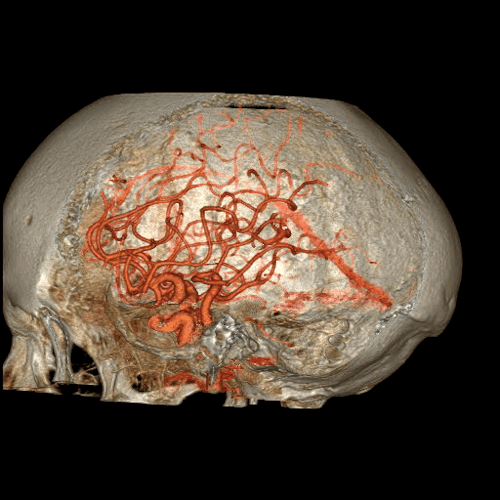
Computed Tomography (CT) scanners use a narrow beam of x-rays to provide 3D images. New technology now allows doctors to obtain images of beating organs, blood vessels and bones while using low-dose radiation and motion correction technology.
The technology has been useful to diagnose erratic heartbeats in challenging heart patients, and has the potential to reduce radiation doses in paediatric patients.
Naturally repairing skin
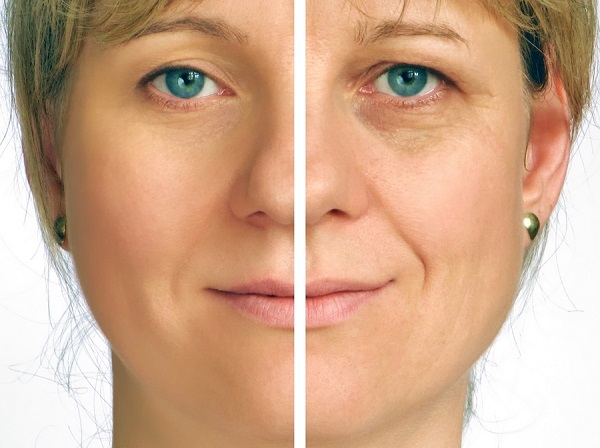
Human protein Elastin, which naturally repairs the skin, is being formulated for use in cosmetic and medical dermatology applications to augment the skin and restore the elasticity.
Its use can be found in non-surgical scar tissue remodelling, skin replacement, surgical adhesions or as an injectable dermo-aesthetic product.
Artificial kidney
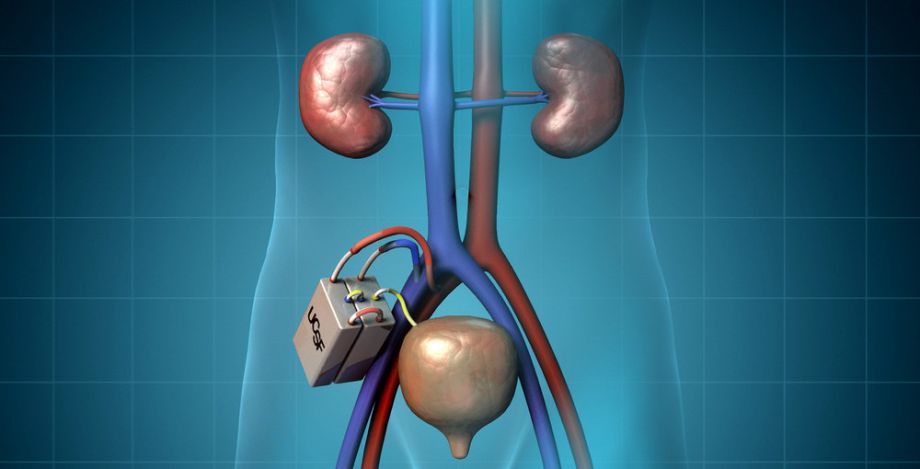
It looks like a kidney, acts like a kidney - but it's not a kidney. The device functions like a kidney extracting waste and keeping nutrients needed by the body.
Designed to help patients with chronic renal failure, unlike transplantation the artificial kidney won't be rejected by the body. Importantly, it can help transplant patients avoid immunosuppressant drugs or frequent monitoring that is often required for their rest of their lives.

